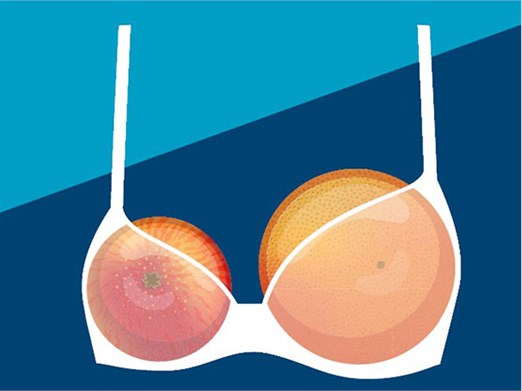Living with the Challenge of Chronic Pain
 Pain is the most common reason people seek out doctors and take medication. Acute pain is a temporary symptom that dissipates when an underlying condition improves: the discomfort caused by an infection, a toothache, or a sprained muscle. Chronic pain—the type that doesn’t go away after we heal from an injury or recover from illness—is more than a symptom. Ranging from uncomfortable to debilitating, it is a disease unto itself that affects more than 100 million Americans. For many individuals, chronic pain interferes with sleep, severely restricts functionality, and results in long-term disability.
Pain is the most common reason people seek out doctors and take medication. Acute pain is a temporary symptom that dissipates when an underlying condition improves: the discomfort caused by an infection, a toothache, or a sprained muscle. Chronic pain—the type that doesn’t go away after we heal from an injury or recover from illness—is more than a symptom. Ranging from uncomfortable to debilitating, it is a disease unto itself that affects more than 100 million Americans. For many individuals, chronic pain interferes with sleep, severely restricts functionality, and results in long-term disability.
Although numerous health conditions, including fibromyalgia, degenerative disc disease, migraines, and many others can be chronically painful, the source of intermittent or unrelenting chronic pain may not show up on an x-ray or medical scan. Sometimes it simply cannot be identified. Neuropathic pain (involving nerves) can be the most challenging to diagnose and treat. That is the type of pain that many breast cancer patients develop after mastectomy, radiation, or reconstruction when nerves are stretched, severed or damaged. Breast cancer patients may also experience chronic pain related to lymphedema.
Pain may be felt in the body, but it is largely a product of the mind. It develops when the brain integrates physical sensation with emotional and psychological factors. Tension-producing thoughts intensify pain and create greater unhappiness, dysfunction, and disability. Fear, anxiety, anger, and frustration intensify the perception of pain and decrease the motivation to get better. Thinking the worst or repeatedly telling yourself that your life is miserable and will never be the same reinforces these concepts in your mind, telling it that you are helpless against your pain. Depression can do the same; experts estimate that up to 80% of people with chronic pain suffer from depression. This is not surprising, given the extreme limitations chronic pain often imposes on life. Overlapping pain and depression form a vicious cycle: sustained pain alters mood, and unresolved emotions cause pain. The more you hurt, the lower your pain threshold becomes, and this repeated sequence further deepens depression. Pain management experts have tools to disrupt this potentially disastrous cycle, using painkillers and antidepressants that restrict chemical messages in the brain to affect both conditions.
Left untreated, long-term pain conditions the brain to exaggerate its response to painful stimuli. The brain, however, is highly adaptive. Learning to think about pain in a less negative way redirects your mind to experience pain differently. Using positive thinking, imagery, meditation, and other relaxation tools can reframe negative thoughts into beneficial thinking that reduces your perception of pain and improves your ability to cope with it.
Because chronic pain is a complex mix of both body and mind, treatment requires a more multi-faceted approach than what is required for acute pain. While a single pain medication may be sufficient to eliminate acute pain, treating chronic pain successfully often requires a comprehensive plan to reduce suffering, decrease emotional distress, help to regain functionality, and change the way you think about your pain. This approach is often the most successful. In addition to stress reduction techniques and reconditioning your mind to deal with pain, multidisciplinary treatment may include a combination of pain medication, psychological counseling, therapeutic massage, nerve blocks or injections, and gentle physical activity (yoga, tai chi, or water exercise). Many pain patients also find complementary/alternative therapies to be helpful.
The path to pain control can be long and frustrating, especially when new medications or treatments do not live up to your expectations. Physicians, especially pain management specialists, have many tools to combat chronic pain, but discovering the right combination of therapies may take time and can include setbacks.
Living well despite pain often involves a new normal; one that requires effort on your part, and acceptance that you may have to give up certain activities, discover alternative ways to accomplish others, and make behavioral or lifestyle changes. Your physician and healthcare team will guide you toward the best possible decisions. Your pain may not disappear completely, but in almost all cases, with the right comprehensive approach, it can be managed so that you enjoy greatly improved quality of life.
Resources: For information about pain management support groups, inquire at your local hospital or pain clinic, and visit the websites of the U.S. Pain Foundation (www.uspainfoundation.org) and the American Chronic Pain Association (www.theacpa.org).
Kathy Steligo recently co-authored A Pain Doctor’s Guide to Relief: Confronting Chronic Pain.







